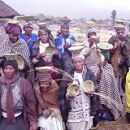basket weavers, Lesotho
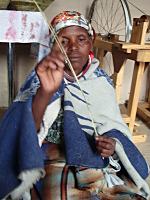
Makatiba Katiba
Makatiba was born in 1950 and has one child and two grandchildren. She is demonstrating the first step of the basket weaving process, where the women take the grass and split it, to make it thinner, using a large safety pin. These are the same safety pins that are used to fasten Basotho blankets around one’s shoulders or waist.
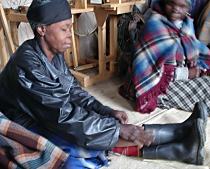
Mathabo Komane
Mathabo was born in 1950 and has one child and two grandchildren. She is demonstrating the second step in the weaving process, when the women take the split pieces of grass and twist them on their calf to ready them for basket weaving.
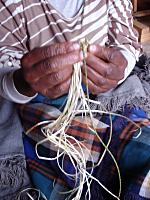
Mathapelo Mohlouoa
Mathapelo was born in 1951 and has one child and one grandchild. She is demonstrating how the women begin to weave the base of a basket.
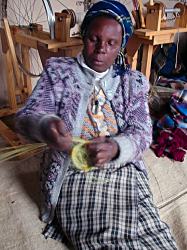
Matseliso Pitso
Matseliso was born in 1939 and has five children and four grandchildren. She is weaving the beginnings of a design into her basket. Most of the baskets use naturally dyed grass to create geometric designs. Others use natural variations in the grass color to create a patterns.
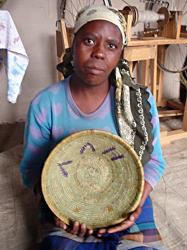
Matsepiso Ndumo
Matsepiso was born in 1964 and has five children and one grandchild. She is holding a completed basket that she wove.
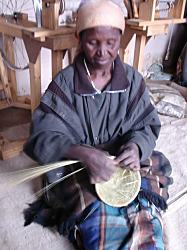
Mamokheseng Katiba
Mamokheseng was born in 1946 and has six children and two grandchildren. She is weaving a basket that is half finished.
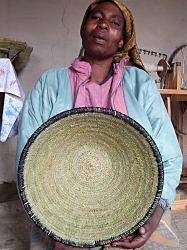
Maletuka Qhalehi
Maletuka was born in 1940 and has five children and five grandchildren. She is holding a completed basket that she wove. The rim of this basket is finished with hair from a horse’s tail.
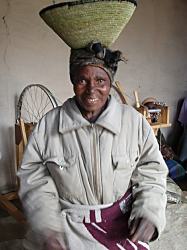
Nkhono (Grandmother) Makhoabane Katiba
Makhoabane was born in 1938 and has seven children and over twenty grandchildren. She is performing a traditional Basotho women’s dance. This dance is characterized by women kneeling on the ground, shaking their shoulders and balancing something, usually a basket, on their heads.
